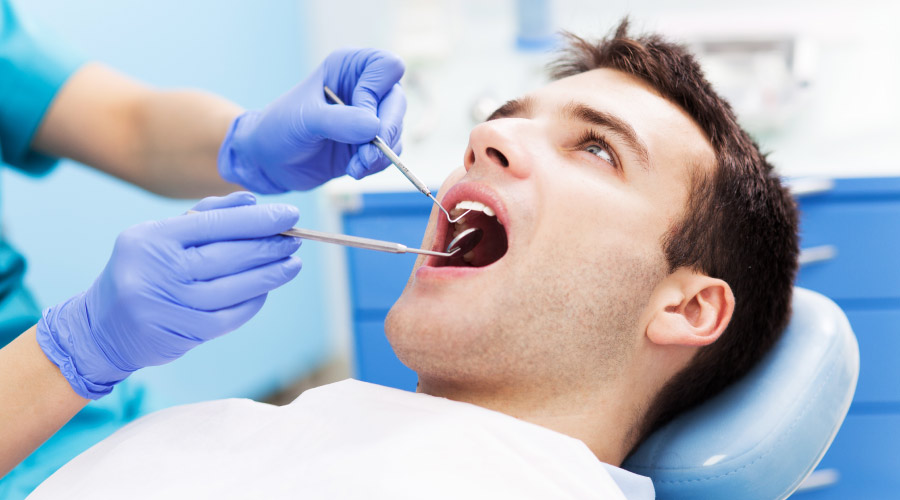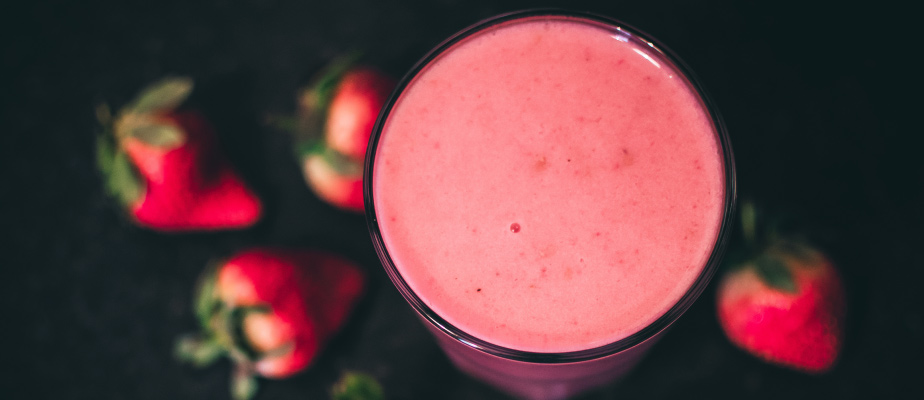
Tooth abscesses can be debilitating painful and are almost always an indication of a more serious underlying issue that needs to be addressed immediately. Here’s how you can tell if you have an abscessed tooth and how you can properly treat it.
Symptoms of an Abscessed Tooth
An abscess is a pus-filled pocket that is due to a bacterial infection. Abscesses can either occur at the tip of the tooth root or on the gums beside the tooth root.
Abscesses are caused by injury due to prior dental work or advanced decay. Signs of an abscess include severe pain that can radiate, sensitivity to temperature or pressure, fever, swelling, foul smell or taste in your mouth, and difficulty breathing or swallowing.
Abscess Treatment
If you suspect that you have an abscess, you must seek treatment from a dentist right away. They will take an X-ray and conduct any other necessary tests to confirm that you have an abscess, and then develop a course of action from there. Usually, they will drain the abscess, and may have to perform a root canal (if you have infected pulp) or pull the infected tooth entirely. You will also have to take antibiotics in order to kill off any of the bad bacteria that have collected in your mouth over time. You may also be prescribed painkillers and be required to rinse your mouth with warm salt water to reduce swelling and speed up the healing process.
Preventing a Tooth Abscess
In most cases, abscesses are due to neglect and lack of proper dental hygiene. To avoid an abscess, you should be sure to brush and floss your teeth twice a day to maintain good oral health. Seeing your dentist regularly is also a good way to ensure that your teeth and gums are healthy and strong.
If you believe you have an abscess and require treatment or if you have any questions about how to improve your oral health, don’t hesitate to contact our staff at Villa Vista Dental. Contact us to schedule an appointment!
If you have any questions about any oral health issue, contact Villa Vista Dental!









